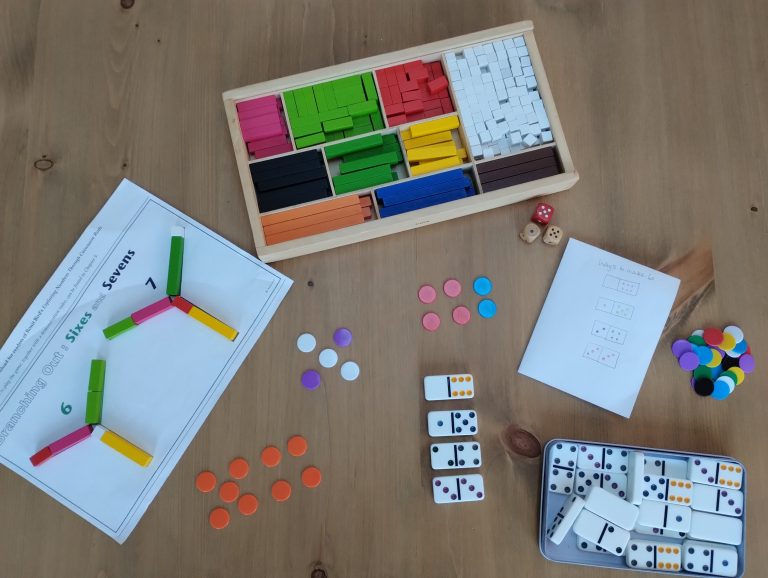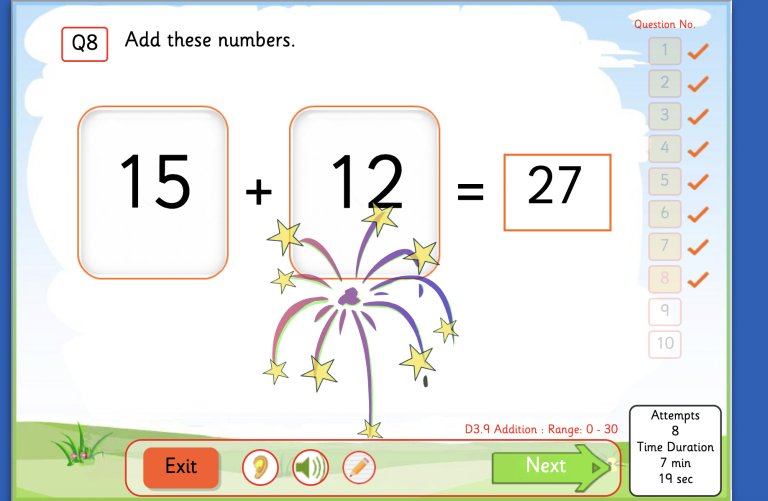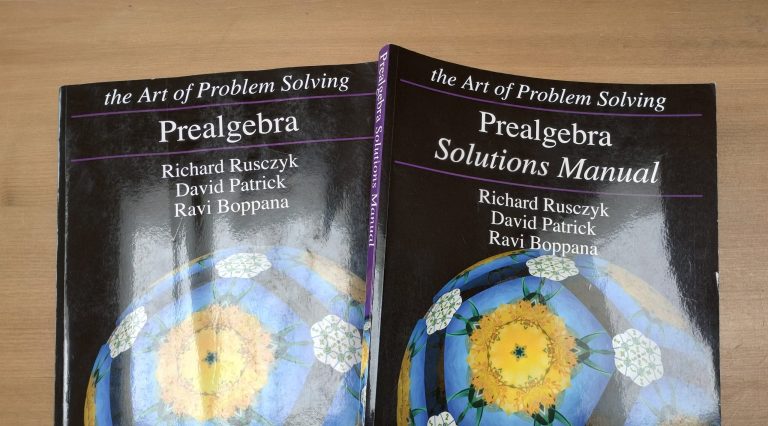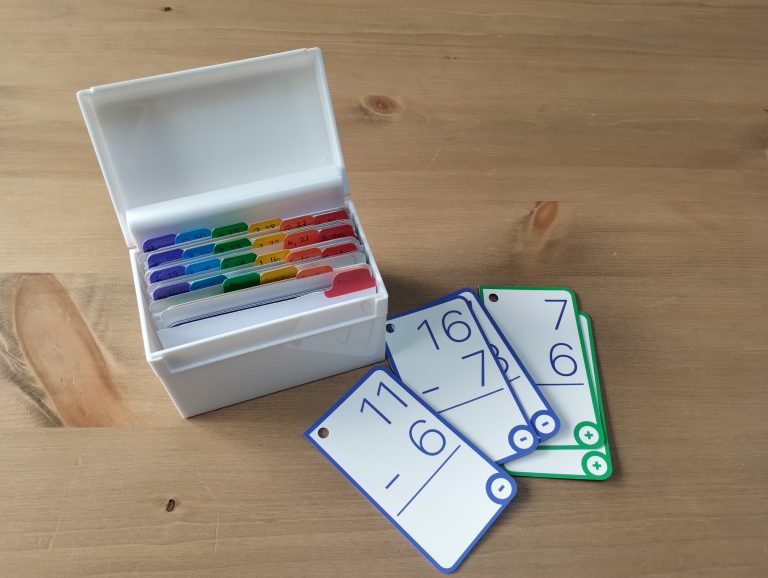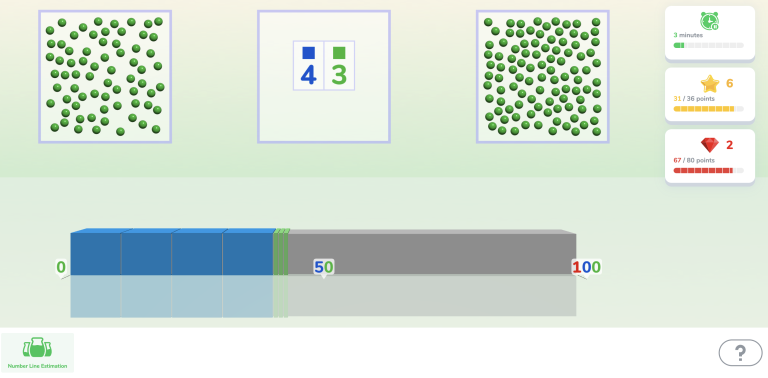Using the Math with Confidence curriculum with a dyscalculic child – a parent’s review
Math with Confidence has been a good fit for my child with dyscalculia*. In this review I’ll share why I chose MwC, what I like about it, and some of the challenges we have overcome along the way.
*By ‘dyscalculia’, I am referring to a persistent and serious difficulty in understanding numbers. It can particularly affect subitising (being able to quickly see how many objects are in a group), using reason to answer maths questions (e.g. 3+4 cannot be 2, because that is smaller than either number), or ‘feel’ the relative size of numbers such as 14 and 40. It is also often accompanied by poor working memory, making it difficult for a child to keep track of the steps of a calculation in their head.
If you want to jump straight to a particular grade, please refer to the links below:
- Why choose Math with Confidence?
- Adaptations for a dyscalculic child
- Kindergarten Math with Confidence
- 1st Grade Math with Confidence
- 2nd Grade Math with Confidence
Why choose Math with Confidence?
Kate Snow has clearly thought really carefully about how to structure Math with Confidence. Each new topic takes centre-stage for one or two weeks, with gradually increasing levels of challenge, often culminating in a couple of days of word-problems. Meanwhile, the daily warm-up activities and the back page of the daily worksheet give review and practice for ideas that have already been covered, so that my child can keep practicing challenging topics, and also grow in confidence through continuing to work on some ideas that are solidly within their grasp.
Typically, topics that are likely to be more challenging (e.g. subtraction) are interspersed with ‘lighter’ topics such as shape or measurement. This gives some breathing space in the curriculum to work on consolidating those challenging topics. It also means that if this week is quite hard work in maths, next week will probably be easier!
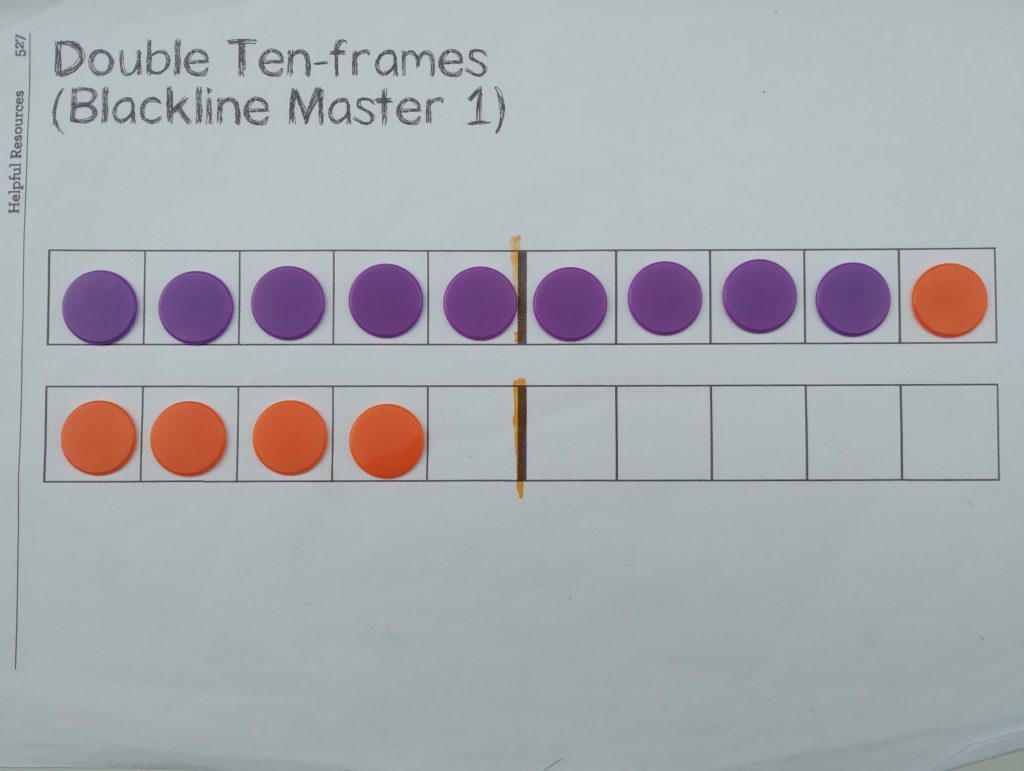
This structure has been an excellent fit for my child with dyscalculia. There is a spiral element of ongoing review, but also the chance to really delve into a particular new topic each week. For topics that we are finding particularly challenging, it is really helpful that we are not ‘done’ at the end of the unit, but my child will continue to practice the challenging topic on the review section of the daily worksheet. My child often needs a long, incremental exposure to new maths ideas in order to get a solid grasp on them.
As a contrast, whilst I love Beast Academy for some of my other children, I don’t think it would be good fit for my child who finds maths harder. As a mastery based program, once a topic is covered, it is covered, and you don’t typically return to it, unless at a higher level the following year. A child who is struggling will likely really benefit from regular ongoing review.
One other feature of MwC which I appreciate is the program length. For the years that we have used so far (K, 1st, 2nd), the program is 32 weeks long, 4 days a week, with an optional enrichment day for 1st and 2nd grade. We are operating ‘behind’ schedule, trying to catch up some ground mathematically, but my child isn’t able to move forward very rapidly conceptually and skip sections, they need incremental steps and lots of practice. The relatively short program means that by working five days a week, and generally continuing with maths through our holidays unless we are away, we have been able to cover nearly two years of maths in a single year. This has really helped my child with catching up to an age-typical level in maths.
Adaptations for a dyscalculic child
The main issue we find with any maths curriculum is the pace moving too fast. My child often needs longer than average to consolidate a new idea. This has at points been a problem for us, particularly in the second half of Grade 1, when there were a lot of maths facts to learn.
Adaptation 1: Daily supporting maths facts work
We do 5-10 minutes of flashcard work each day. This is not just rote learning, but a carefully organised system using strategies from Math with Confidence, and also from dyscalculia expert Ronit Bird. You can read more about our system here.
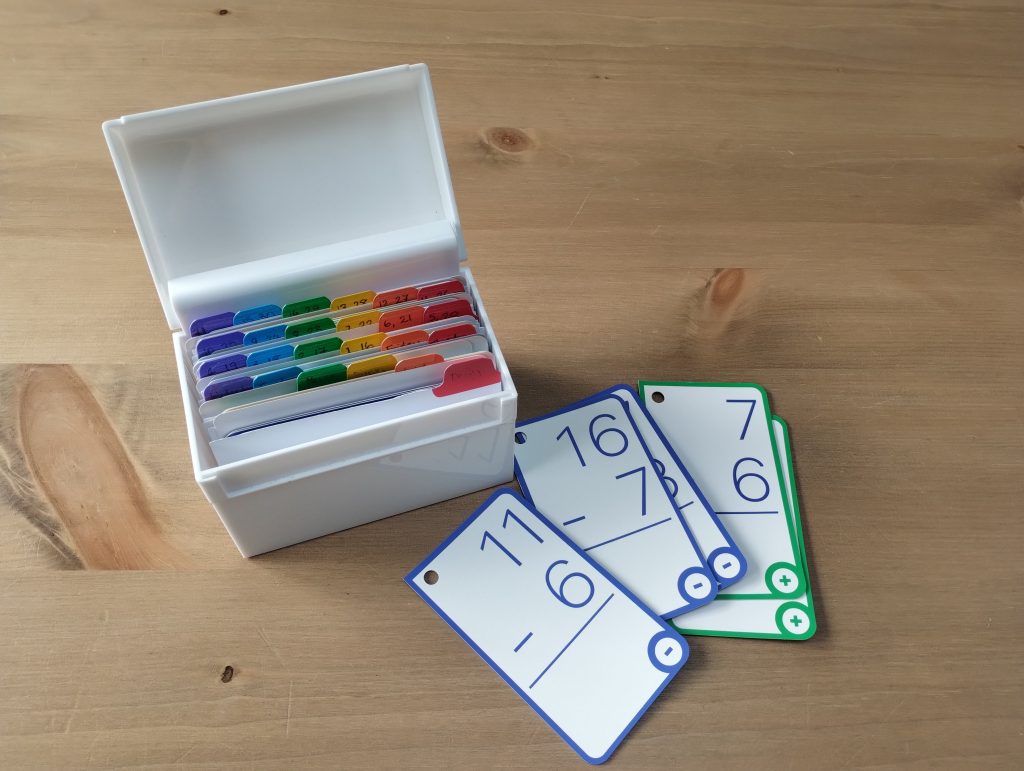
I found our maths lessons flowed so much more smoothly if we were able to keep our maths facts work at the same level as the curriculum. For example, when we cycled round to addition facts to 20 in Grade 2, it went far better than the same topic in Grade 1, because my child was already familiar with many of the facts. It was still a valuable exercise for them to go over the topic, synthesise it, and find any gaps.
Adaptation 2: Take pauses when things get too hard
I try not to do this too often, but there have been times where we clearly needed to add some breathing space into the curriculum. In Grade 1, there were natural opportunities to do this when studying Time and Money, particularly as we use UK currency. We paused for a few days after each unit doing a similar-level fun workbook on those themes.
During these pauses, I try to find ways to bolster whatever topics are proving most challenging to my child on the worksheets. So we might do 15 minutes work on something that is currently a mental block for them, and then 20 minutes of a lighter maths workbook, which is still reviewing and strengthening skills.
Kindergarten Math with Confidence
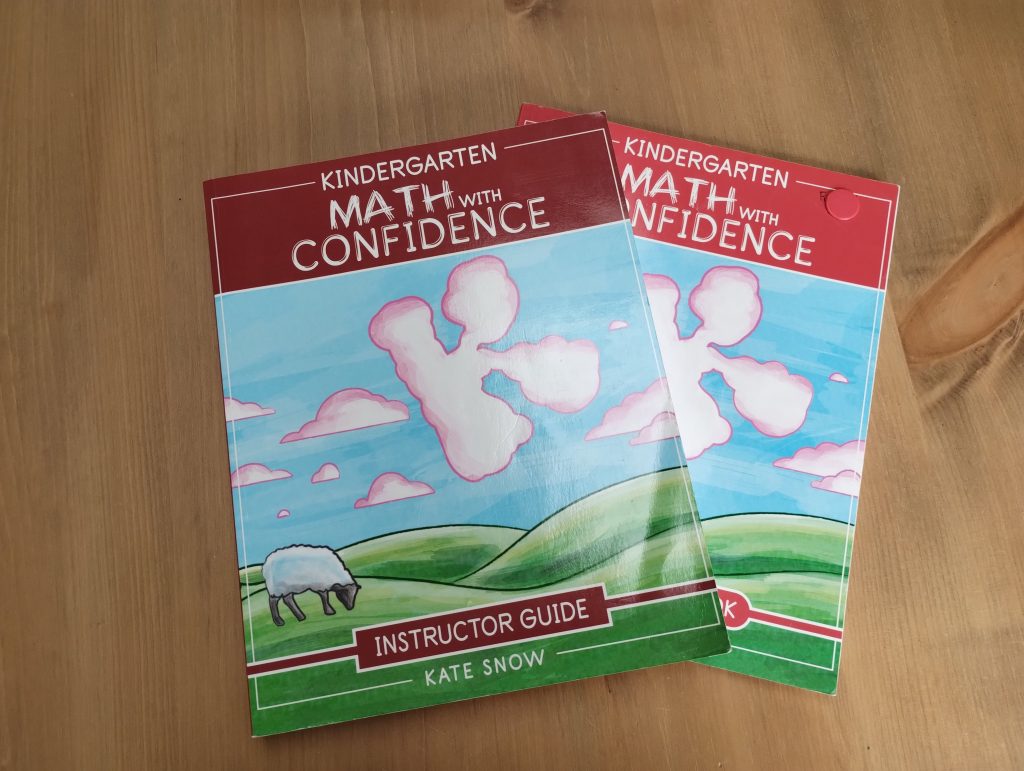
Kindergarten MwC is very gentle, and only takes a few minutes each day. We mostly did this program at double speed (2 lessons per day), as we were mostly using it for review and filling in gaps. There are lots of fun games and simple activities using household objects. My child particularly benefitted from the pattern block activities, working on forming different patterns and shapes.
Each day’s worksheet is a single side of a page, with large writing. I particularly appreciated the daily opportunity to practice tracing and forming numbers on the worksheet. Correct number formation was something that took my child quite a while to master, so this simple built-in practice was useful.
There is a high level of visual support for all the questions, which meant that my child didn’t particularly struggle with this level of MwC. The curriculum makes extensive use of the ‘ten-frame’ visual. My child has been able to use the ten-frame reasonably successfully at later levels, but at this level they just weren’t really able to ‘internalise’ it and use it mentally. They had much more success with using Ronit Bird’s dice-dot visualisation strategies for maths facts within 10. With hindsight, it would have been really helpful to get started on memorising those facts within 10 at this stage, to give a head start on 1st grade.
1st Grade Math with Confidence
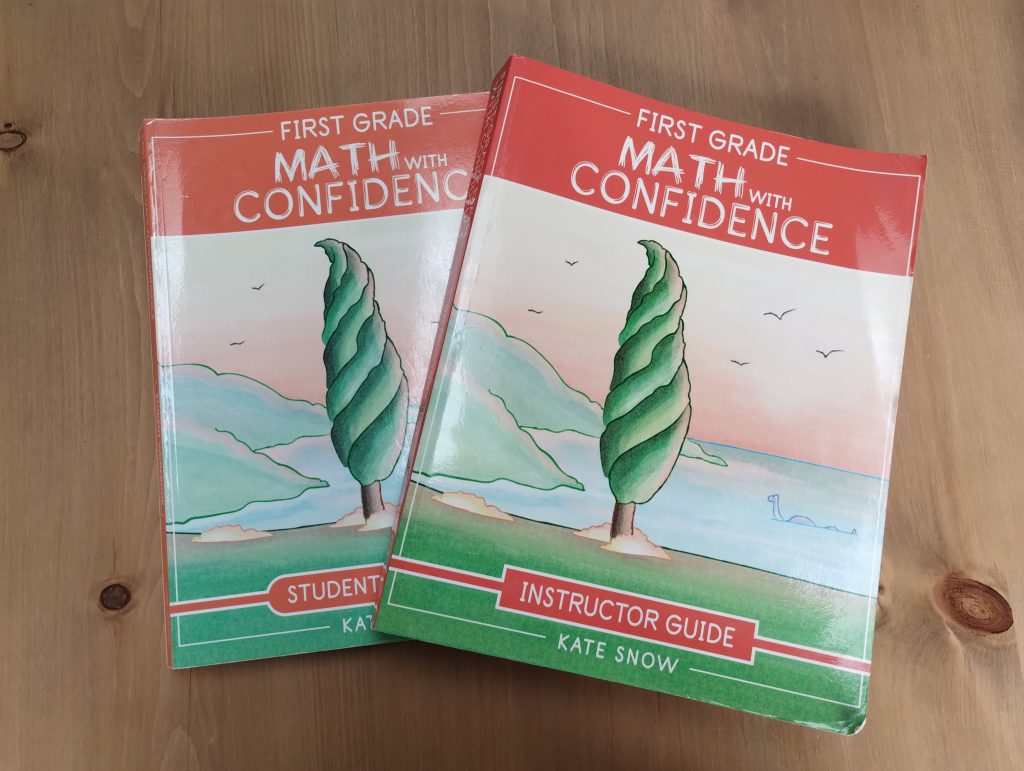
First Grade is the year of MwC that we have found most challenging thus far. In the early part of the book, getting to grips with the parts-total mat was something that took a while. My child now finds this resource incredibly useful, but we needed lots of practice. Fact families also took a lot of practice.
At this point, my child was also still struggling with the concept of subtraction, and often mixing it up with addition. They still needed visual support for subtraction questions (e.g. Numicon), and consistent use of the language of ‘taking away’. Another challenging topic was distinguishing between teen numbers and multiples of ten (e.g. 18 and 80, which sound very similar).
However, the progress through the book was dramatic. For example, consistent practice at switching between counting in 10s, 5s and 1s really paid off, and led to huge increases in confidence in handling money.
Kate Snow is very reassuring on the teen subtraction section, saying that many children will find this challenging in first grade, but this initial exposure will help them when they come to study this topic again in second grade. We have certainly found this to be true, and I would extend that more broadly to the book as a whole. Many skills seemed challenging when first encountered, and we needed lots of practice and repetition, but looking back through the book now, I can see that my child has grown so much in core mathematical skills, and things which seemed very hard a few months ago are now straightforward for them.
I do wish that we had lingered a bit longer on the final section on ‘Mental Math with Two-Digit Numbers’. This felt very challenging at the time, and I was eager to be done with the book and move on to the more straightforward review at the start of second grade. With hindsight, I think the difficulties we were having here were indicative of deeper gaps in understanding of place value, and I should have done more to bolster these skills before moving on.
2nd Grade Math with Confidence
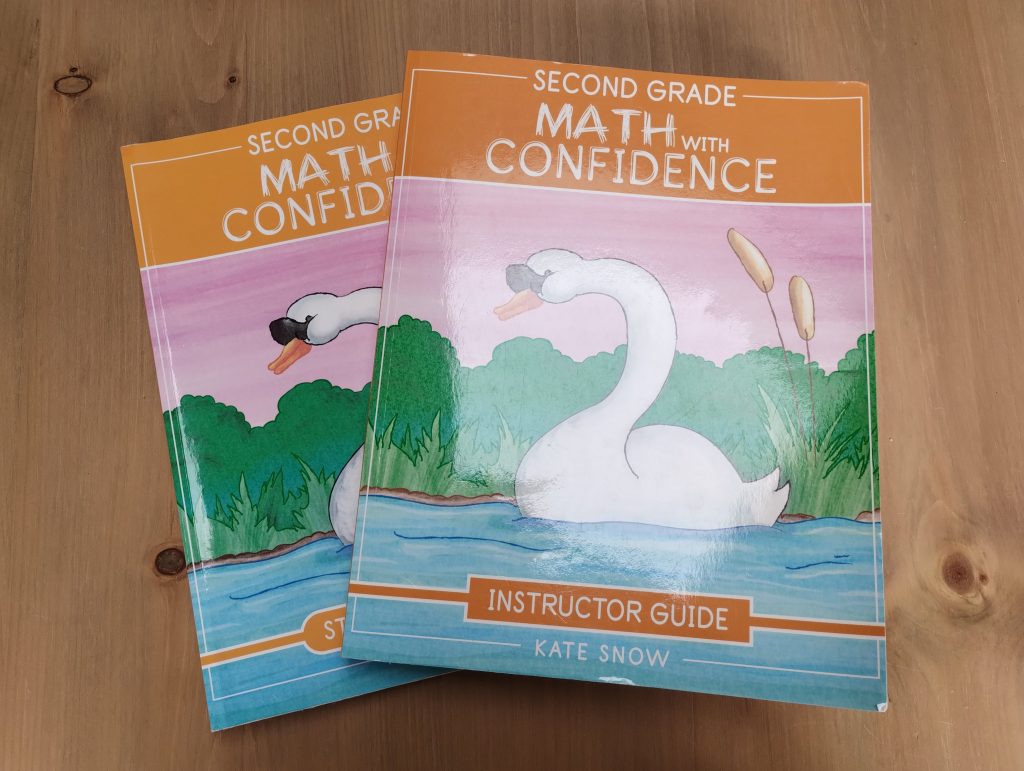
Overall this has been a more straightforward and confident (!) experience for us than First Grade MwC. The hard work on learning those core maths facts and skills has paid off, and progress is now smoother. The main rocky patch was Weeks 18-19 on mental two digit subtraction.
When I flicked through the book before starting, I estimated that we would get to the end of Week 13 before having any major difficulties. That proved to be correct. We had managed to put in some more work on learning addition and subtraction facts, which meant that maths facts to 20 went much more smoothly than in First Grade. The gradual introduction of new skills such as writing answers in columns was a fantastic idea, and helped my child to adjust smoothly. There was plenty of visual support for the activities and worksheets, which was a great help.
This book introduces counting forwards and backwards on a timeline in 2s, 5s and 10s. My child has becoming very adept at counting forwards in those sequences, thanks to all the practice in First Grade MwC! However, they found counting backwards extremely challenging. I think this is pretty normal for children with dyscalculia. What helped us was adding some extra numbers to the number line, so rather than just labelling the tens, I also labelled the fives. This made it a lot easier for my child to keep track of what was going on, and build their understanding of ‘crossing a ten’ going down. After a few weeks of this strategy, we were able to successfully drop the extra labels.
My lack of diligence on pursuing real understanding of adding tens at the end of First Grade MwC came back to bite us, as there were lots of these types of questions on the worksheets (e.g. 48+30). I do wish that I had put in more time on this topic earlier on.
Two-digit addition and telling the time went remarkably well. Two-digit subtraction is where we really got stuck, which is unsurprising. As it comes just after the Time topic, the back (review) page of the worksheets was mostly time-related questions. Time-telling was still pretty new, and so my child felt that they were just having to work really hard at every single question. With hindsight, it would have been better to pause after Time, and spend a couple of weeks consolidating the fantastic progress on two-digit addition and time-telling with other resources, before moving forward to Week 18 Subtraction from a more confident base.
As regards two-digit subtraction, the biggest issue we faced was how to record calculation steps. Dyscalculia is often accompanied by limited working-memory. Kate Snow makes clear that it is fine to write down intermediate steps in mental calculations if you need, but just not in column format until the understanding is there. We had managed to find a good system for writing down two-digit addition that worked: write down the sum of the tens, and the sum of the ones, and then add them. e.g. 35+27 is the same as 50 (add the tens) +12 (add the ones), and my child could manage 50+12 in their head. We found it much harder to find a system for writing down intermediate steps for subtraction.
Column addition went very smoothly. Column subtraction was harder, as you would expect, but by the end of the first week we were managing well on questions with a single trade. I found that when we moved to two trades in Week 27, the whole thing fell apart, so I decided to ‘bank our winnings’ and modify the second week questions so that they only had one trade. This still felt like a significant achievement and one to be celebrated. By the time we circled back to 3-digit addition in Week 31, two trades was manageable, but crossing a zero was still very challenging. There is so much good progress, and I feel hopeful that when we next come round to subtraction in Grade 3, we’ll have enough fluency and understanding of the broader process to tackle crossing a zero.
As with First Grade MWC, my child’s mental maths skills lagged a bit behind the curriculum. We followed up Second Grade with some more concerted work on Ronit Bird’s number line skills from her Cuisenaire Rod book, and over a few weeks we were able to successfully master two-digit addition without writing anything down. Subtraction, as always, is harder. Ronit Bird observes that dyscalculic children often have tremendous trouble in working backwards along a number line; I have found this to be true! She encourages children to use an addition strategy for subtraction questions. That is, they start at the smaller number, and add until they reach the higher number. This does seem to require holding more information in working memory than for addition (the parts you are adding, where you have got to, and where you are going). It remains to be seen whether this will be an effective strategy for us.
Towards the end of Second Grade MWC, I began to add in the 10x, 2x and 5x multiplication and division facts to our daily maths facts work. I knew from previous experience that it would take some time to adjust to the concept of multiplication, and I wanted to have space to work on that gently before tackling multiplication in Third Grade MWC. We used cuisenaire rods extensively to help with visualising multiplication and division.
Final Thoughts
Overall, I’m delighted with the amount of progress my child has been able to make with Math with Confidence. I am very grateful to Kate Snow for all her hard work in designing this curriculum so thoughtfully. We have had to work very diligently and consistently, and there have been points along the way where progress has stalled, but looking back, it is amazing to see how far my child has come. If you would like to read more about the other maths resources we use, I have written articles about Ronit Bird’s dyscalculia books, and our maths fact learning system.


